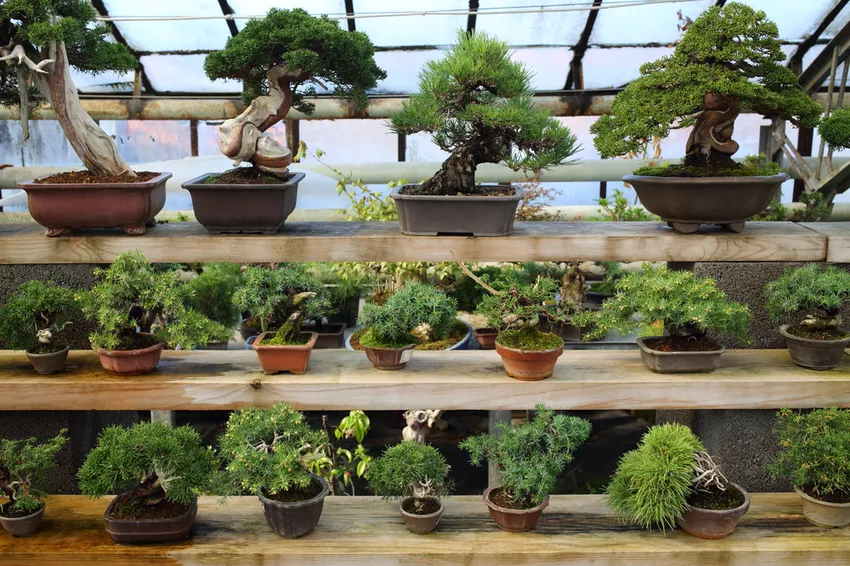It is possible to cultivate vinegar trees as bonsai. The young plants are formed by cutting and wiring. Appropriate care measures and regular repotting support the vitality of the small trees.
 Many trees can be trained as bonsai - including the deer butt sumac
Many trees can be trained as bonsai - including the deer butt sumac
wire
In bonsai cultivation, wiring is important to direct growth habit. Wrap the trunk and branches in a spiral with aluminum wire. This is wrapped tightly but not too tightly in turns from bottom to top. You can then bend the branches into the desired shape. As soon as thickness growth begins in May, you should remove the wire. Otherwise there is a risk that the wire will leave unsightly marks in the bark.
To cut
In order to cultivate a vinegar tree as a bonsai, you must regularly cut back branches, shoots and roots. Start pruning young plants for the first time in May. This maintenance measure is then carried out approximately every six to eight weeks until September. When transplanting, you need to cut back the roots so that there is a balance between the crown and the root ball.
repot
Repotting takes place every two years in spring. Choose the size of the pot according to the height of the plant. A ratio of 2:3 between pot length and plant height is ideal. Replace about two-thirds of the substrate with fresh soil to allow the root system to branch out. A bonsai soil that consists of equal amounts of lava chippings, humus and akadama is ideal.
Care for
Be sure to keep the soil continuously moist. Use a fine spray and spray the entire plant with water. This increases the humidity for a short time and the soil is not washed out of the bowl. Water the tree for a short time and repeat the process until the soil has soaked up.
How to fertilize the bonsai:
- fertilize regularly between spring and autumn
- use organic fertilizer in ball form or liquid fertilizer
- do not fertilize during flowering and after repotting
Place the bonsai outdoors so that the vinegar tree gets enough light and oxygen. The trees need these conditions for their growth. In wind-exposed locations, the leaves become harder and more resistant to disease and pest infestation.